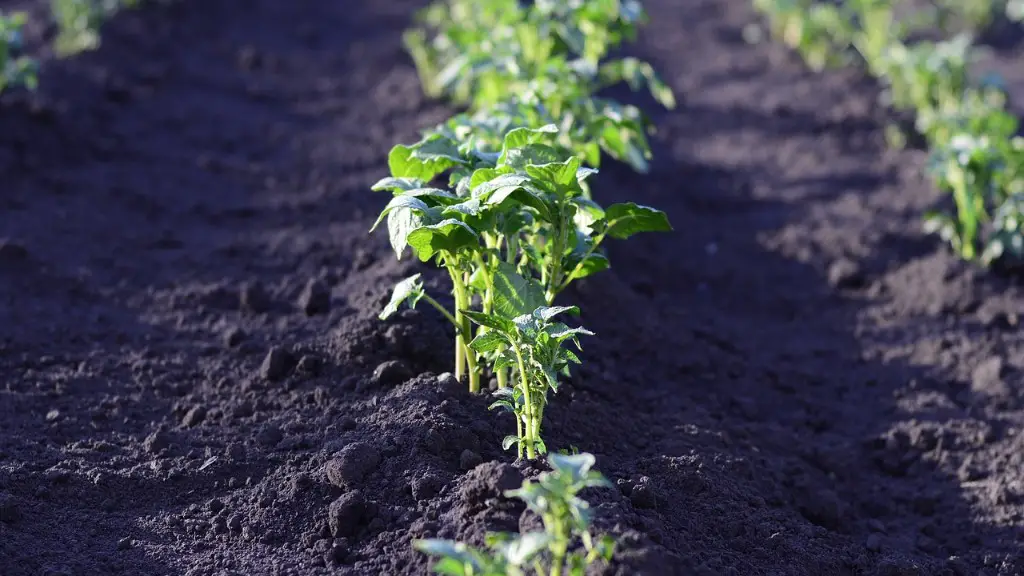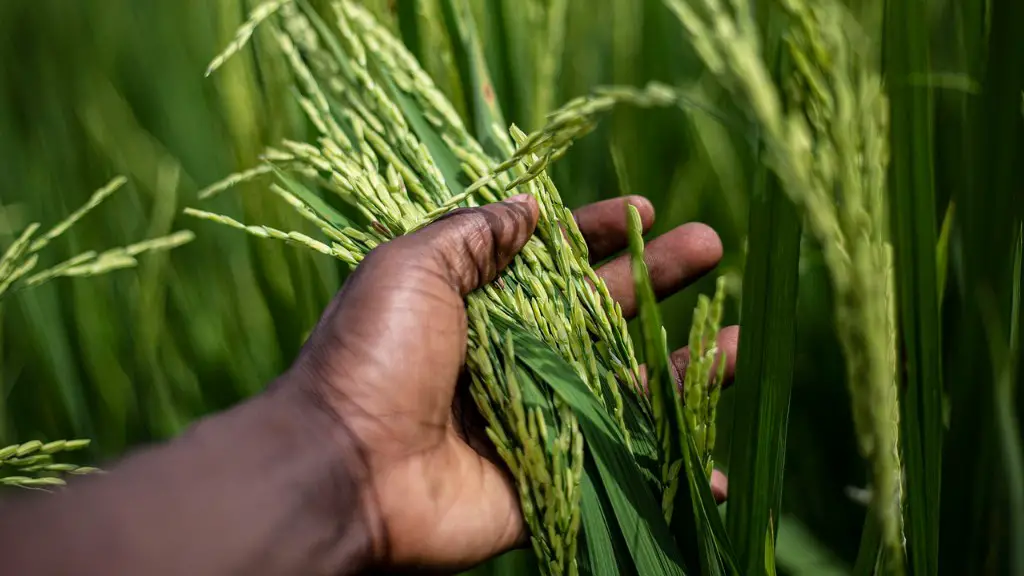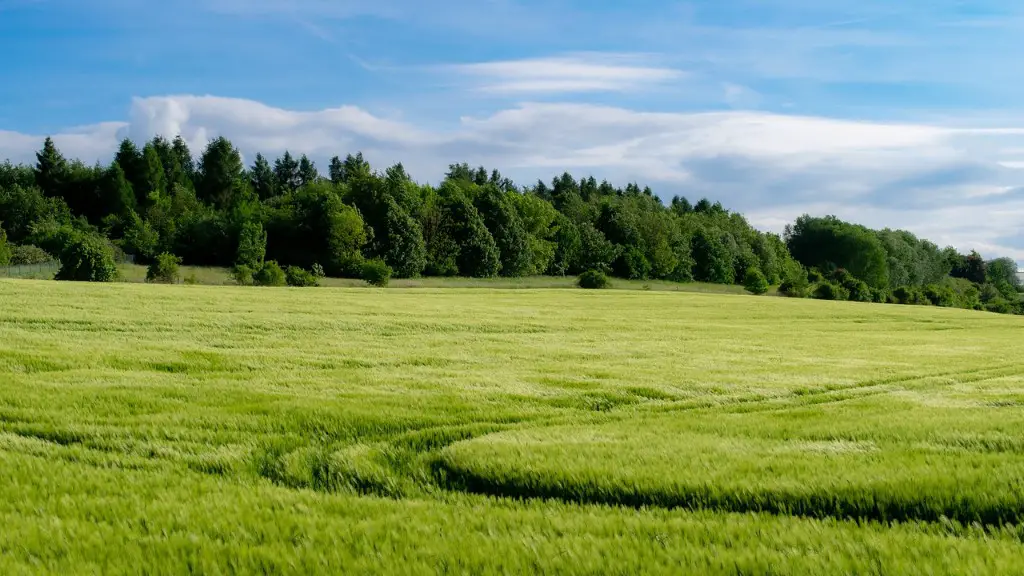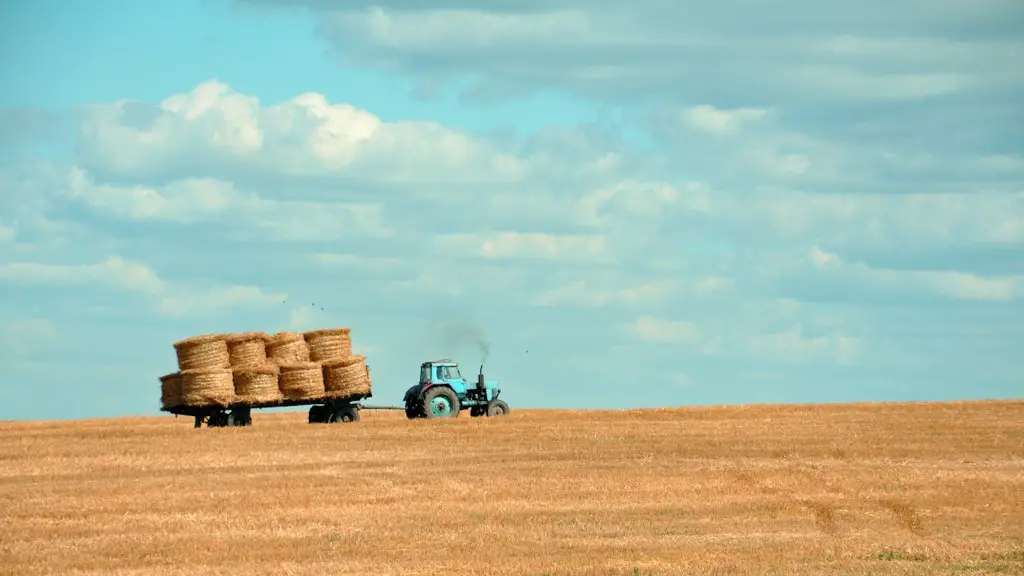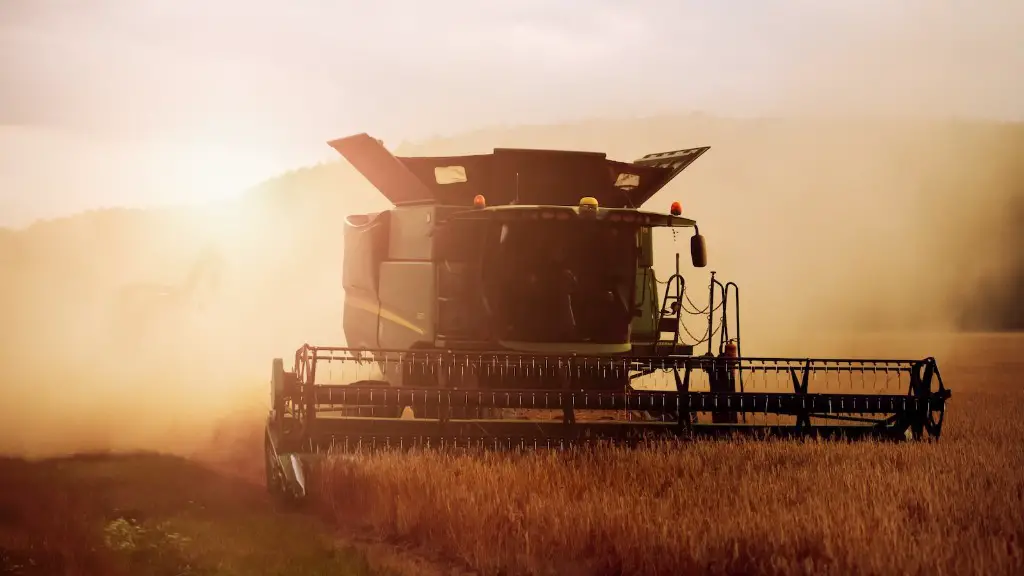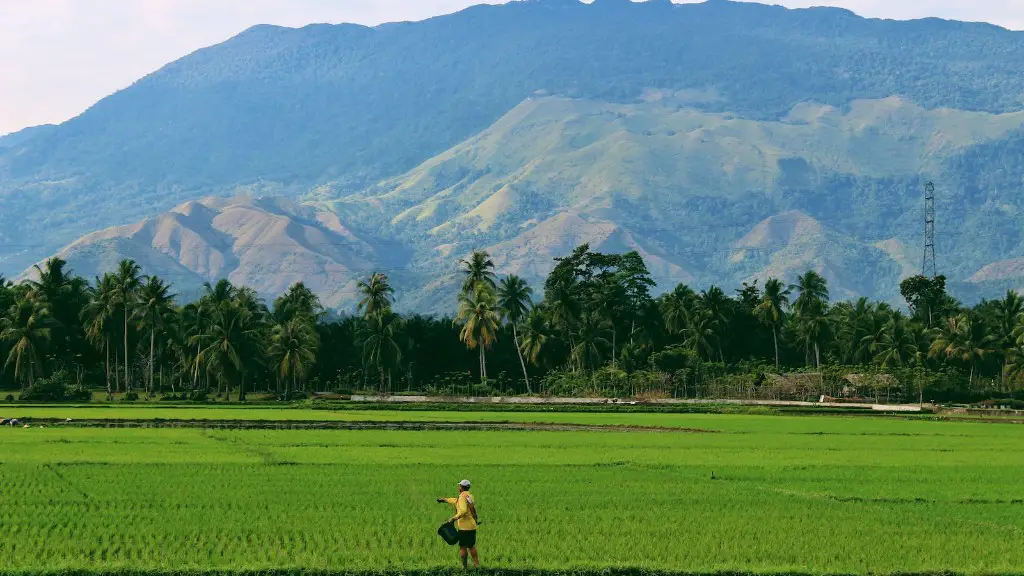The Fertile Crescent is an area located in the Middle East that is considered to be the cradle of civilization. The crescent shaped region is thought to be where agriculture first began to be cultivated. The climate and geography of the Fertile Crescent were perfect for growing crops and raising livestock. The first people to settle in the Fertile Crescent were the Sumerians. They were followed by the Babylonians and the Assyrians. The Persians, Greeks, and Romans all had empires that included the Fertile Crescent. All of these civilizations made advances in agriculture that spread to other parts of the world.
Agriculture is thought to have originated in the Fertile Crescent, a region located in the Middle East that includes parts of modern-day Turkey, Syria, Iraq, and Iran. This area is characterized by its temperate climate, ample rainfall, and rich, fertile soils. The first evidence of agriculture appears in the archaeological record around 10,000 BCE. It is thought that early farmers in the Fertile Crescent learned to cultivate crops, like wheat and barley, and to care for domestic animals, like sheep and goats. They also developed new technologies, like irrigation systems and plows, which helped to increase food production.
Over time, the knowledge and technology of agriculture spread to other parts of the world. It is thought that the first farmers in Europe began cultivating crops around 7000 BCE. Agriculture also spread to China, India, and other parts of Asia. By 4000 BCE, farming was well established in these regions. Today, agriculture is practiced all over the world and plays a vital role in the global food supply.
Did agriculture start in the Fertile Crescent?
The Fertile Crescent is a very important region to agriculture because it is where the earliest agriculture arose in human history. This made it possible to feed a large non-farming population, leading to the rise of the first cities and empires. The Fertile Crescent is a very important region for agriculture because of its long history and because it is where the first cities and empires arose.
Modern genetic techniques suggest that agriculture was largely spread by the slow migration of farmers themselves. It also seems clear that in some times and places, such as in northern South Asia, it was spread by the passing on of agricultural techniques to hunter-gatherers.
Where did crops and animals spread to from the Fertile Crescent
Crops and animals domesticated in the Fertile Crescent were able to spread and prosper in other places along the east/west axis of Eurasia. Wheat and barley, sheep and goats, cows and pigs all spread from the Fertile Crescent, east towards India and west towards North Africa and Europe. This is due to the fact that the Fertile Crescent has a favorable climate for these crops and animals, and they were able to adapt to other areas with similar climates.
Agriculture changed the face of culture in the Fertile Crescent by allowing people to better feed themselves and stay in one area. The ability to grow crops helped them to sell to each other and stay in one place instead of moving around looking for food.
How did agriculture spread from the Fertile Crescent quizlet?
Agriculture is thought to have originated in the Fertile Crescent, an area that includes parts of present-day Turkey, Iran, Iraq, and Syria. From here, it is thought to have spread to Egypt, Europe, and India through a process of cultural diffusion. This is where people from one culture come into contact with people from another culture and begin to adopt some of their practices. In the case of agriculture, this would involve people learning how to cultivate crops and rear animals.
The Fertile Crescent is a region in the Middle East that is believed to be the very first region where settled farming emerged. This is because people in this region started the process of clearance and modification of natural vegetation to grow newly domesticated plants as crops. Early human civilizations such as Sumer in Mesopotamia flourished as a result.
Where did farming begin and how did it spread?
The earliest farmers in the Fertile Crescent were able to cultivate crops successfully due to the region’s ample rainfall and fertile soil. Eventually, they migrated outward, spreading farming to parts of Europe and Asia. The introduction of agriculture to new areas allowed for the growth of civilizations and the advancement of human knowledge.
Humans have been farming the land for thousands of years in order to support their growing civilization. Agriculture first began in the Fertile Crescent in southwestern Asia, but soon spread to other parts of the world. Today, farming is a vital part of human society, providing food and other resources for people all over the globe.
Why did people transition to agriculture
But a new study suggests that the rise of farming may have had more to do with social factors than with economic ones.
The study, published in the journal Nature, looks at the spread of farming across Europe over the past 10,000 years.
Scientists have long assumed that farming was adopted because it was a more efficient way to produce food. But the new study suggests that other factors, such as the desire for social status, may have played a role.
The study found that early adopters of farming tended to be from lower-ranking social groups. This suggests that they may have been motivated by a desire to improve their social status, rather than by a need to find a more efficient way to get food.
The findings suggest that the adoption of farming was driven by a complex mix of social, economic, and environmental factors.
The Tigris and Euphrates rivers have been flooding regularly for centuries, making the land around them extremely fertile and ideal for growing crops. This has made the region a prime spot for the Neolithic Revolution, also known as the Agricultural Revolution, which began taking place about 12,000 years ago. The Neolithic Revolution was a period of significant technological advancement in the fields of agriculture and tool-making, and it had a profound impact on the way people live and interact with the natural world.
What crop originated from Fertile Crescent?
The Fertile Crescent in western Asia was a major centre of plant domestication. A number of cereals, including wheat and barley, and several pulses (grain legumes), originated there approximately 10 000 years ago. These crops were adapted to the local climate and soils, and allowed the early settlers to establish settled, agricultural communities. The Fertile Crescent was also the birthplace of many other important crops, such as flax, lentils, and chickpeas.
The Fertile Crescent is a region in the Middle East and Mediterranean basin where the first settled agricultural communities are thought to have originated by the early 9th millennium BCE. This region is important in the history of agriculture because it is thought to be where crops were first domesticated, and subsequently spread to other parts of the world. The Fertile Crescent is located in a band that extends from the Persian Gulf in the east to the Mediterranean Sea in the west, and includes the countries of Iraq, Syria, Lebanon, Israel, Jordan, and Egypt.
How important was agriculture in the birth of Civilization
Agriculture has been a key driver of human progress and prosperity. Out of agriculture, cities and civilizations grew, and because crops and animals could now be farmed to meet demand, the global population rocketed—from some five million people 10,000 years ago, to more than seven billion today.
Today, agriculture continues to be a critical sector of the economy, providing employment for billions of people and supplying the food that we all need to survive. With the right policies and investments in place, agriculture can continue to play a vital role in human progress and prosperity.
The domestication of plants and animals led to the development of settled societies, and an increase in population. Early humans were able to produce enough food that they no longer had to migrate to their food source. This meant they could build permanent structures, and develop villages, towns, and eventually even cities. The rise of settled societies led to an increase in population.
How was agriculture important in Mesopotamia?
Mesopotamian cities, states, and empires were thought to be supported and provisioned by agricultural production. Agricultural production was necessary to provide the food and resources that these civilizations needed to function. Without agriculture, these civilizations would have collapsed.
The “Fertile Crescent” is a well-known historical region in the Middle East. Formed by the Tigris and Euphrates rivers and the Mediterranean Sea, the region was home to some of the world’s earliest civilizations. The term “Fertile Crescent” was coined by University of Chicago Egyptologist James Henry Breasted. Today, the Fertile Crescent is still an important agricultural region, producing much of the world’s wheat and barley.
Conclusion
The origins of agriculture can be traced back to the Fertile Crescent, a region in the Near East that encompasses parts of modern-day Turkey, Iran, Iraq, Syria, and Lebanon. Agriculture first began to develop in this region around 10,000 years ago. The Fertile Crescent was an ideal place for early agriculture to take root because it had a warm, dry climate and ample sunlight. The region also had a rich supply of easily cultivatable soil and ample water resources.
Over the millennia, agriculture has spread to other parts of the world through a process of human migration and technological innovation. Humans have carried crops and livestock to new areas, while also developing new methods of cultivation and animal husbandry. Today, agriculture is a vital part of the global food system, supplying billions of people with the food they need to survive.
Agriculture is thought to have originated in the Fertile Crescent, a region in the Middle East that includes the countries of Israel, Lebanon, Syria, Turkey, and Iraq. The Fertile Crescent has a Mediterranean climate, with mild, wet winters and hot, dry summers. It also has ample rainfall and fertile soils. The first known farmers in the Fertile Crescent planted wheat and barley, and raised sheep and goats.Over time, farmers in the Fertile Crescent began to experiment with different crops, including peas, lentils, and dates. They also began to domesticate animals, such as chickens and pigs. Agriculture quickly spread to other parts of the world, including Europe, Asia, and Africa. Today, agriculture is a vital part of the global economy, and the Fertile Crescent continues to be an important center of agricultural activity.
